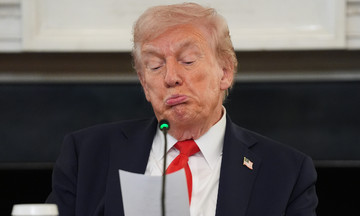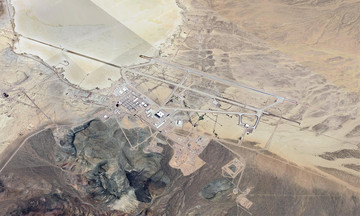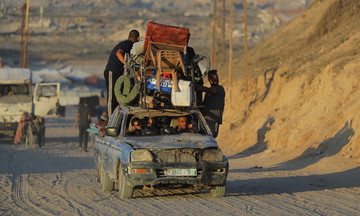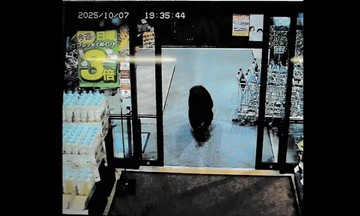During recent protests in Nepal involving Generation Z, some voices called for the reinstatement of the monarchy, abolished in 2008. However, the call has not gained much traction, as the violent protests remind Nepalese people of the turbulent early 2000s. The nation was shocked and the political situation destabilized after a massacre nearly wiped out the royal family, perpetrated by Crown Prince Dipendra.
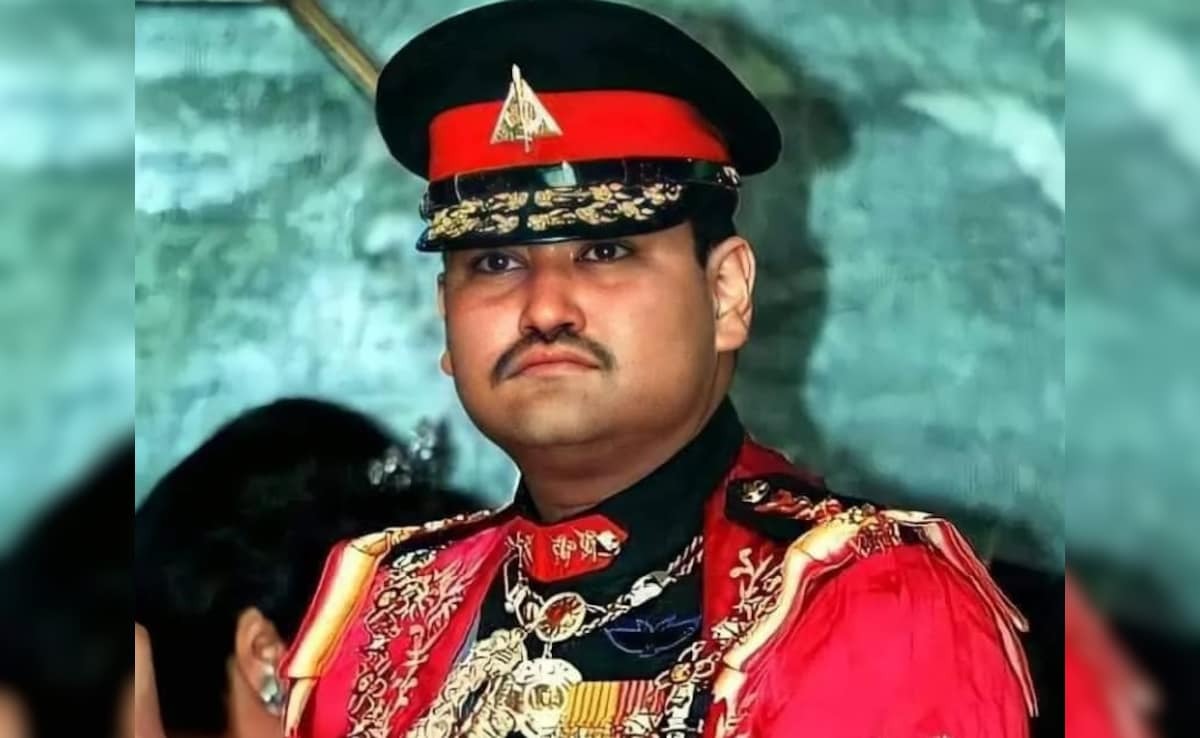 |
Crown Prince Dipendra of the Nepalese royal family. Photo: *NDTV* |
The tragedy unfolded on the evening of 1/6/2001, during a royal family gathering at Narayanhiti Palace in Kathmandu, now a museum. 29-year-old Crown Prince Dipendra was present at the start, offered drinks, and then left. He returned later, dressed in full military uniform and carrying two AK-47s.
Crown Prince Dipendra was the eldest son of King Birendra Bir Bikram Shah Dev and Queen Aishwarya Rajya Lakshmi Devi Shah. He had two younger siblings: Princess Shruti and Prince Nirajan. King Birendra, a Harvard graduate, was beloved by the Nepalese people for his reform initiatives and development efforts.
A palace aide saw the prince with the guns on the staircase but didn't think it unusual, as Dipendra was known for his gun collection. The gathering was a private, family affair, with no guards inside.
"Dipendra just looked at his father, said nothing, and pulled the trigger once," recalled Ravi Shumshere Rana, the prince's uncle. "The king stood still for a few seconds after the shot, then collapsed, uttering, 'Kay gardeko?' (What have you done?)."
Hearing the gunshot, aides broke through glass doors to rescue others. After shooting several people in the room, Dipendra went to the garden seeking his mother. "Please don't do this, kill me if you must," Prince Nirajan pleaded, shielding his mother.
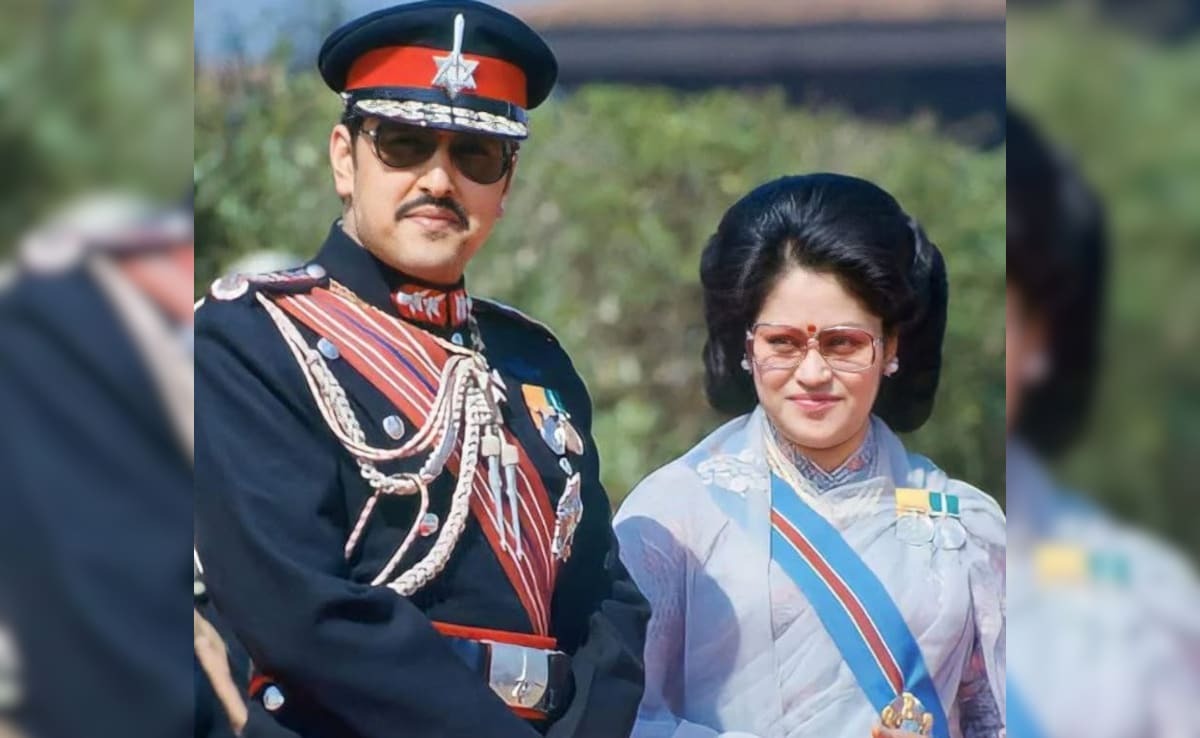 |
King Birendra Bir Bikram Shah Dev and Queen Aishwarya Rajya Lakshmi Devi Shah. Photo: *NDTV* |
However, Dipendra shot them both. Witnessing the deaths of the king, queen, Princess Shruti, Prince Nirajan, and five other royals at the prince's hands, Rana yelled, "That's enough, give me the gun."
But Dipendra shot his uncle, wounding him, before shooting himself in the head.
According to the Nepalese government's report on the massacre, Dipendra was intoxicated and possibly under the influence of drugs after smoking "a special type of cigarette made from cannabis and an unidentified black substance."
Dipendra was proclaimed king while in a coma. Hours later, he was declared brain dead and died on 4/6/2001. Dipendra’s uncle, Gyanendra Bir Bikram Shah Dev, became Nepal’s third king in three days and held power until the monarchy was abolished in 2008.
The exact reasons behind Dipendra's actions remain unclear. Some believe the motive stemmed from family disapproval of his relationship with Devyani Rana, the daughter of a prominent Nepalese politician and descendant of an Indian royal family.
Dipendra met Devyani Rana while studying in the UK. Queen Aishwarya wanted the relationship to end, pushing her son to marry a distant relative. The relationship between Dipendra and his parents deteriorated further in 2001 when Nepalese media reported that the prince’s claim to the throne was threatened.
"People are wondering why the crown prince hasn’t married at this age and whether his future as heir to the throne is threatened. It is time for the crown prince to get married. The people of Nepal are looking forward to an early wedding celebrated in the grandest manner," reported the *Nepali Times* on 27/5/2001.
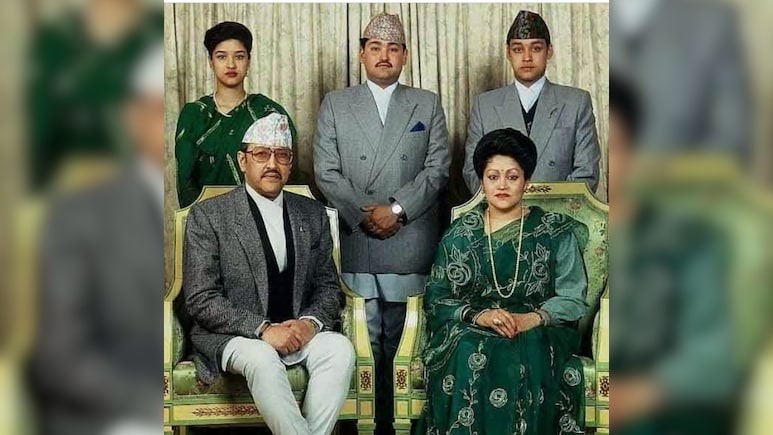 |
Crown Prince Dipendra (standing in the middle of the second row), next to his brother and sister, with his parents in front. Photo: *NDTV* |
Some believe the incident fulfilled a 1769 prophecy, when Prithvi Narayan Shah conquered three kingdoms and proclaimed himself king.
Legend says while marching into the Kathmandu Valley, he met a sage and offered him some yogurt. The sage tasted it, offered the rest back to the king, declaring it blessed. Unwilling to eat leftovers, the king threw it on the ground. The sage rebuked him, saying if he had eaten the yogurt, all his wishes would come true, but because the yogurt splattered on the king's 10 toes, it signaled the dynasty's downfall after 10 generations. For many Nepalese, King Birendra's death, the 11th generation of the Shah dynasty, felt “preordained.”
Hong Hanh (*NDTV/ABC*)




